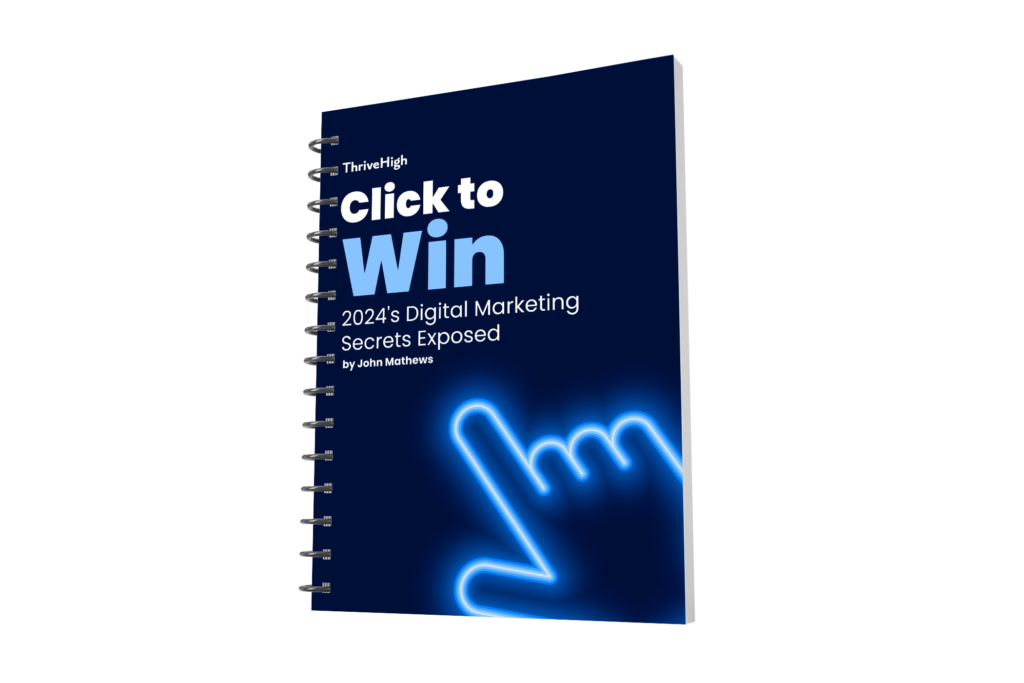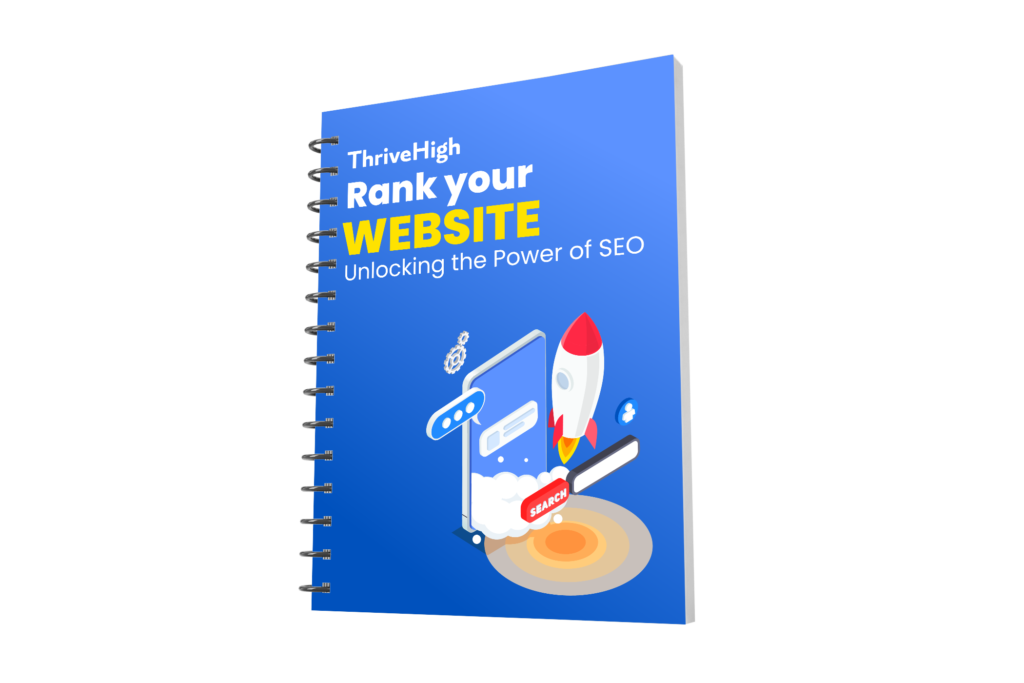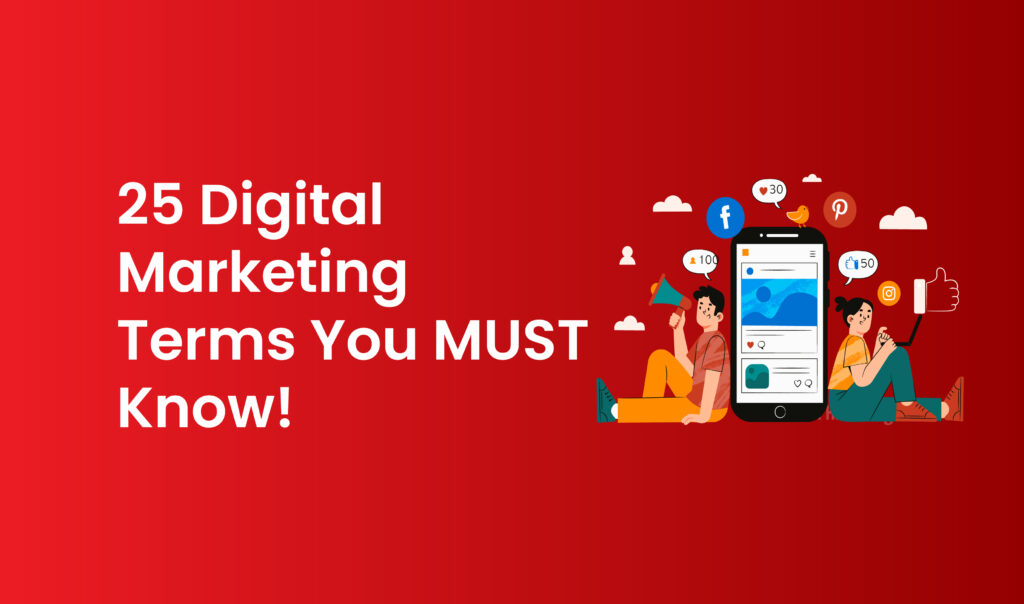In today’s digital age, staying ahead of the curve means not just understanding the fundamentals but also mastering the ever-evolving landscape of digital marketing. Whether you’re a seasoned marketer or just dipping your toes into the digital water, familiarizing yourself with these essential terms is crucial for success. To help you keep pace, here is a comprehensive glossary of basic digital marketing terms that every marketer should know to stay updated and competitive.
A Complete List of the Basic Digital Marketing Terms
Here is a glossary of 25 basic digital marketing terms that can help marketers frame the most effective strategies:
1. Search Engine Optimization (SEO)
Search Engine Optimization (SEO) is the art and science of enhancing a website’s visibility in search engine results pages (SERPs). SEO is essential for businesses seeking to increase online visibility, attract targeted traffic, and establish credibility. It’s an ongoing process that requires continuous monitoring, analysis, and adaptation to stay ahead in the competitive digital landscape and achieve sustainable online success.
2. Search Engine Marketing (SEM)
Search Engine Marketing (SEM) is a digital marketing strategy focused on increasing a website’s visibility in search engine results pages (SERPs) through paid advertising. It’s a powerful tool for businesses looking to enhance online visibility, drive traffic, and generate leads or sales efficiently in the competitive digital landscape.
3. Pay-Per-Click (PPC)
Pay-Per-Click (PPC) is an online advertising model where advertisers pay a fee each time their ad is clicked. PPC offers precise targeting, immediate visibility, and measurable results, making it a highly effective tool for driving traffic, leads, and conversions in digital marketing campaigns.
Go From Beginner to Expert in
Just 8 Months!
With Purdue PG Digital Marketing Program
4. Content Marketing
Content marketing is a strategic marketing approach focused on creating and distributing valuable, relevant, and consistent content to attract and retain a clearly defined audience. By delivering valuable content that resonates with their target audience, businesses can drive engagement, increase brand awareness, establish authority, and ultimately drive profitable customer action.
5. Social Media Marketing (SMM)
Social Media Marketing (SMM) is a digital marketing strategy that utilizes social media platforms to connect with the target audience, build brand awareness, drive website traffic, and ultimately, increase sales and conversions. SMM provides businesses with a direct line of communication to interact with customers, gather feedback, and humanize their brand.
6. Email Marketing
Email marketing is a digital marketing strategy that involves sending targeted messages or campaigns via email to a group of subscribers. Email marketing campaigns can range from newsletters and promotional offers to personalized messages based on user behavior and preferences.
7. Affiliate Marketing
Affiliate marketing is a performance-based strategy where businesses reward affiliates for driving traffic or sales. Affiliates promote products through various channels and earn commissions for successful referrals. It’s a cost-effective way for businesses to reach new customers and for affiliates to monetize their online presence.
8. Brand Positioning
Brand positioning is the strategy of defining a brand’s identity in the minds of consumers. It involves establishing unique qualities and associations that differentiate the brand from competitors and resonate with the target audience’s needs and preferences.
9. Conversion Rate Optimization (CRO)
Conversion Rate Optimization (CRO) is the process of improving the percentage of website visitors who take a desired action, such as making a purchase or filling out a form. It involves analyzing user behavior, testing different elements, and implementing strategies to enhance user experience and increase conversions.
10. Key Performance Indicators (KPIs)
Key Performance Indicators (KPIs) are quantifiable metrics used to measure the success of a business or specific objectives. They provide insights into performance, track progress towards goals, and help identify areas for improvement. Examples include conversion rates, website traffic, customer acquisition cost, and revenue growth.

11. Landing Page
A landing page is a standalone web page designed for a specific marketing campaign or objective, such as generating leads or promoting a product. It’s where visitors “land” after clicking on a link in an email, ad, or search engine result. Landing pages typically have a clear call-to-action and focus on conversion optimization. Click here for read more about Digital Marketing Terms
12. Click-Through-Rate (CTR)
Click-Through Rate (CTR) is a digital marketing metric that measures the percentage of users who click on a specific link or ad out of the total number of users who view it. It’s a key indicator of the effectiveness of a campaign or content in generating engagement and driving traffic.
13. Account-Based Marketing (ABM)
Account-Based Marketing (ABM) is a strategic approach that focuses on targeting and engaging specific high-value accounts or companies, rather than casting a wide net. It involves personalized marketing efforts tailored to the unique needs and characteristics of each target account, aiming to build stronger relationships and drive revenue growth.
14. Chatbot
A chatbot is a computer program designed to simulate human conversation, typically via text or voice interfaces. They use artificial intelligence (AI) and natural language processing (NLP) to understand and respond to user inquiries or commands. Chatbots are commonly used in customer service, sales, and marketing to automate interactions and provide assistance.
15. Meta Tags
Meta tags are HTML elements that provide metadata about a webpage. They include information such as page title, description, and keywords, which help search engines understand the content of the page and improve its visibility in search results.
16. Really Simple Syndication (RSS)
Really Simple Syndication (RSS) is a web feed format used to publish frequently updated content, such as blog posts or news headlines. Users can subscribe to RSS feeds to receive updates from their favorite websites in a standardized format.
17. Click Fraud
Click fraud is the fraudulent practice of clicking on pay-per-click (PPC) ads with malicious intent, such as artificially inflating ad clicks or depleting a competitor’s advertising budget. It can result in wasted ad spend and skewed campaign performance metrics.

18. Churn Rate
Churn rate is a metric that measures the rate at which customers stop using a service or product over a specific period. It’s calculated by dividing the number of customers lost during that period by the total number of customers at the beginning.
19. CPL (Cost-per-Lead)
Cost-per-Lead (CPL) is a digital marketing metric that measures the cost of acquiring a new lead. It’s calculated by dividing the total cost of a marketing campaign by the number of leads generated. CPL helps assess the efficiency and effectiveness of lead generation efforts.
20. CPM (Cost-per-Mille)
Cost-per-Mille (CPM) is a digital advertising pricing model where advertisers pay for every 1,000 impressions of their ad. It’s a common method used for display advertising campaigns, where advertisers bid on the cost to show their ad a thousand times, regardless of clicks or interactions.
21. Lead Generation
Lead generation is the process of attracting and converting prospects into potential customers or leads. It involves various marketing strategies to capture interest and gather contact information for further nurturing and conversion.
22. Organic Reach
Organic reach refers to the number of people who see a piece of content (such as a social media post or a blog article) without any paid promotion. It’s a measure of how effectively content is reaching users through natural, unpaid distribution channels.
Go From Beginner to Expert in
Just 8 Months!
With Purdue PG Digital Marketing Program
23. A/B Testing
A/B testing, also known as split testing, is a method of comparing two versions of a webpage or marketing asset to determine which one performs better. It involves testing changes in elements like design, copy, or layout to optimize conversion rates or user engagement.
24.Bounce Rate
Bounce rate is a web analytics metric that measures the percentage of visitors who navigate away from a website after viewing only one page. It indicates the effectiveness of a webpage in engaging visitors and encouraging further interaction.
25.Conversion Funnel
A conversion funnel is a visual representation of the stages a user goes through to complete a desired action, such as making a purchase or signing up for a service. It typically includes stages like awareness, consideration, and decision, guiding users towards conversion.

